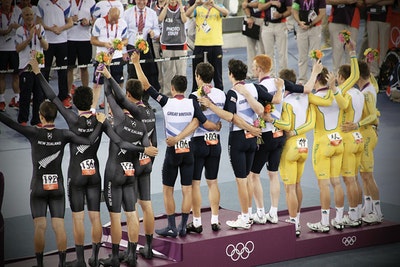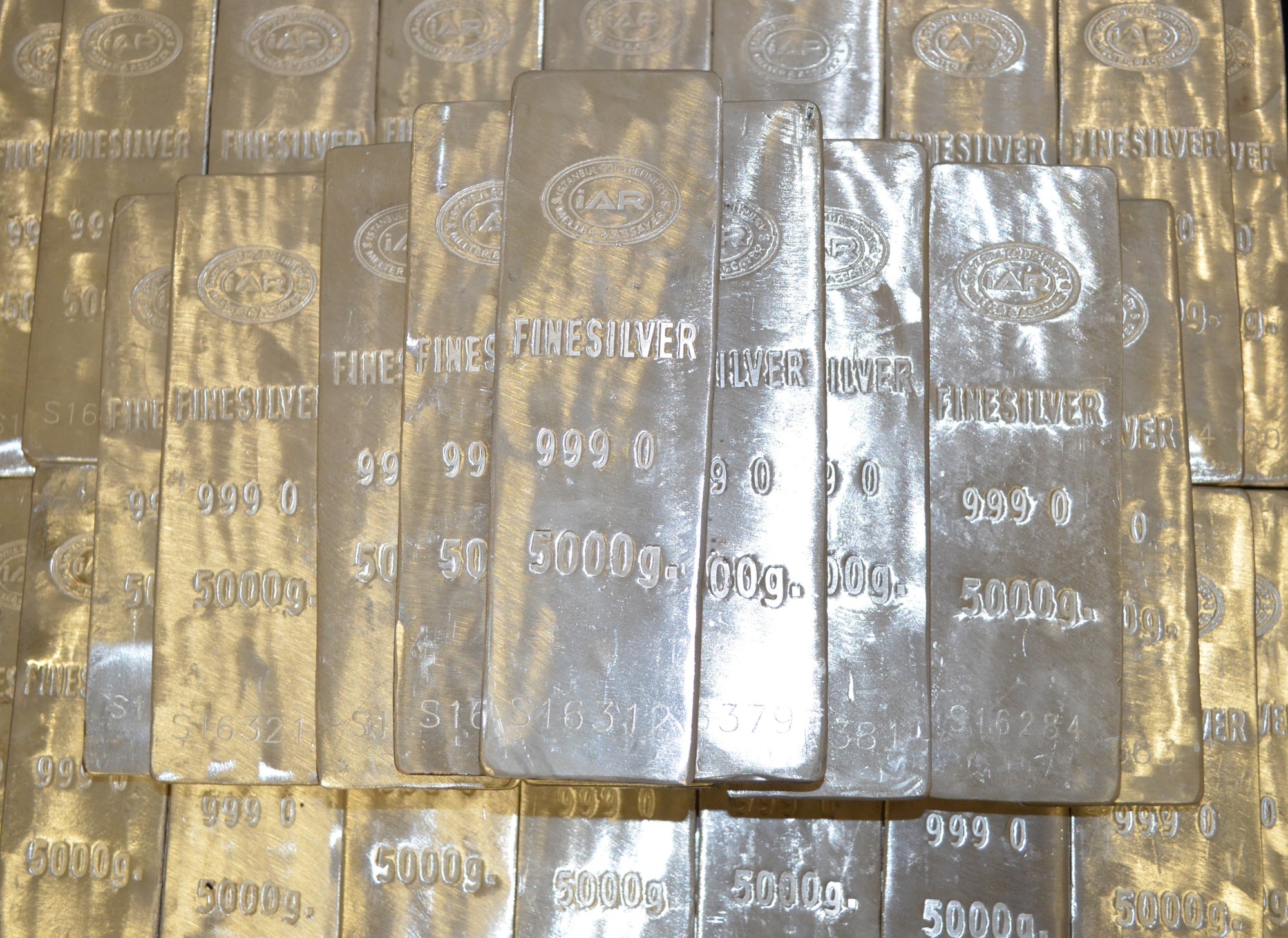Everything You Need to Know About Trading Olympic Pins

Olympic pins have been part of the games for the last 123 years! That’s right, these collectibles have been around since 1896 when the very first modern Olympic games were held in Athens.
They may look a bit different now, but the principle is the same. Look around Olympic stadiums and see thousands of athletes and spectators alike sporting these little enamel pins. There are masses available for trade, and like any collectible, the values can vary accordingly!
However, it isn’t as simple as merely trading pins. There’s a certain etiquette that’s sprung up around the practice!
Interested in learning more?
Keep reading to discover everything there is to know about Olympic pin trading.
History of Olympic Pins
We’ve already mentioned how the history of these pins stretches back until 1896.
However, back then they were reserved to identify athletes, media, and officials. It was only in the 1912 Stockholm games that they became commercially available for the first time. In the years that followed, they were frequently traded between competing nations in signs of solidarity and kindness.
In the decades after, Olympic pins became extraordinarily popular. Indeed, some people began attending the Olympics purely to buy and trade their pins!
The practice has dwindled somewhat in recent years. However, you’d be hard-pressed to attend the games and not see pins adorned by spectators all around.
Olympic committees, bid-cities and major organizations often have these pins made up and distributed. They’re awesome icebreakers, conversation starters, and ways to form friendships with other enthusiasts.
Olympic Pins for Beginners: Everything You Need to Know
New to Olympic pin trading? Want to get started? If you’re heading to the games and fancy trading a pin or two, check out the following pieces of information to get you up and running.
What Sorts of Pins Can you Find?
Head to the games and you’ll come across a different pin for every occasion!
There’s no limit to the pins available for trade. Some people have been trading them since before you were born! They come from interesting places around the world to show off their collections. Some can run into the hundred, or even thousands of pins.
However, most pins fall into one of four categories.
National Olympic Committee Pins (otherwise known as NOC pins) represent a particular country’s team. They may also pertain to particular games of old.
Sports pins are often linked with an Olympic committee but are tied to a specific sport. Host city pins…well, you can guess what those are about. Finally, sponsor pins get made and distributed by companies somehow associated with the Olympics.
Can You Buy Instead of Trade?
You can absolutely purchase pins.
You’ll find them at market stalls and stands around the grounds. You can’t (or shouldn’t be able to) buy pins from other collectors at the games. That’s not allowed. Similarly, many collectors refuse to sell their pins from a point of pride! This is a trading game, not a commercial operation.
If you want to trade, then you’ll probably need to buy your first few pins. The only other way to acquire them would be to be gifted one.
From there it’s a slippery slope! You’ll be out there and trading in no time.
How Do You Make a Trade?
Every Olympic Games has an abundance of people looking to trade their pins.
You often find collectors displaying them around the grounds, or wearing them on their lapels.
To make a trade you simply go up and start a conversation. They provide a great conversation starter anyway. Get talking to someone about theirs and where they were acquired. There’s often a story attached!
After a while, the conversation may turn naturally to potential trades. Of course, to acquire more valuable pins you’ll need something worth trading for!
Impromptu flea-markets often get established around the grounds too. You’ll see avid collectors bartering and reminiscing about favorite pins. It’s a community that’s risen from the same interest. Go along and introduce yourself – you might grab a great trade!
What Do You Do with the Pins?
You can display your pins wherever you choose.
Clothing, backpacks, scarves, collars, lapels…you name it! There are no rules here. People often have display boards that they carry around too. You’ll see them set up in busy locations looking for others to trade with.
After the games are over, you could put them aside somewhere, or show them off. Again, there are no rules! Don’t get rid of them though. You never know when you’ll next be at an Olympics!
Why Do People Trade Pins?
There’s no one reason why you might choose to trade Olympic pins.
Everyone is different. Why does anyone collect anything?
There’s something about the history of the practice that’s alluring. Trading pins is a sport in its own right! There are stories to be told, and memories to be made. You’ll meet interesting people from all over the world, and be bonded in the bid to procure another pin.
You become part of a community, too. Pin collecting clubs and conventions happen all over the country. There are even prizes and awards for particularly impressive feats of collecting!
Time to Start Trading
There you have it: everything you need to know about trading Olympic pins!
The practice of trading pins has been around for well over a century. From the early days of being reserved for athletes and officials, this practice is now celebrated by people all over the world.
Every four years people from around the globe come together to celebrate the games. With them, they bring their pin collections! Some people have thousands of pins to their name.
You’ll find all sorts of pins available for trade. New Olympic committee pins, sports pins, host city pins and sponsor pins are made every year. Head along and get talking to people displaying theirs. There’s not one sole reason to do it. Everyone has their own reasons.
However, start trading and meet fascinating people. You’ll become part of a thriving community in the process!
Want more pin-related information and tips? Check out this piece on how to wear a suit lapel pin!



